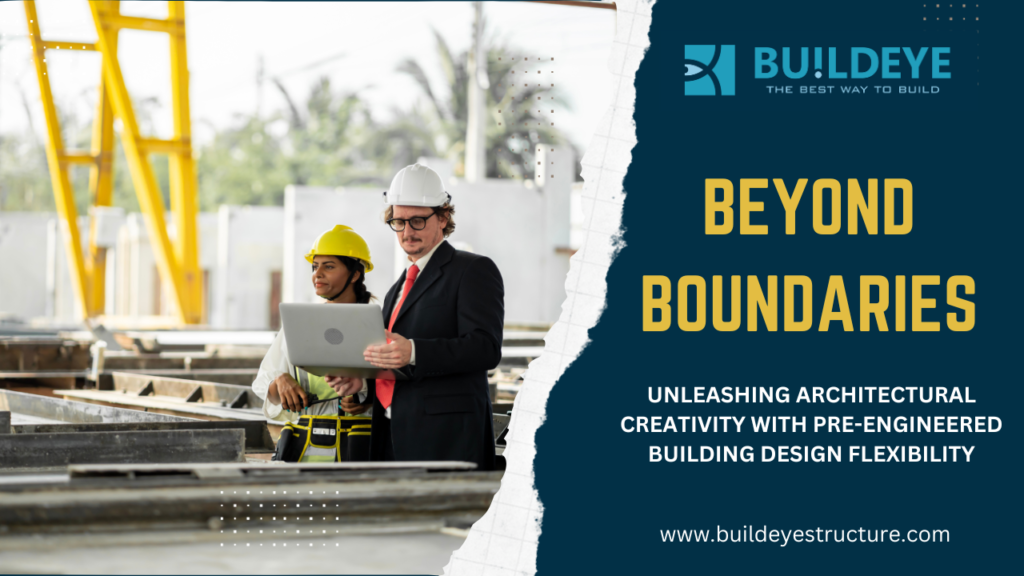
The allure of Pre-Engineered Building (PEB) structures in building construction lies in their unparalleled design flexibility. Unlike conventional construction methods that may have limitations in adapting to various architectural styles and functional requirements, PEB structures offer a canvas of possibilities for architects and builders.
Modular Components:
PEB structures are composed of modular components that are engineered off-site. These components, such as beams, columns, and panels, are designed to seamlessly fit together. The modular nature of these elements allows for a high degree of customization and adaptability in design. Architects can play with different configurations, creating buildings that are not only structurally sound but also visually stunning.
Customizable Layouts:
Whether it’s an expansive industrial warehouse, a modern office space, or a commercial facility, PEB structures can be tailored to suit the unique needs of the project. The flexibility in layout design enables architects to optimize space efficiently, accommodating diverse functionalities within the structure. This adaptability ensures that the building meets both aesthetic preferences and functional requirements.
Architectural Freedom:
PEB structures liberate architects from the constraints of traditional building methods. The ability to create innovative and distinctive designs is a hallmark of PEB construction. Architects can experiment with sleek lines, open spaces, and dynamic shapes, pushing the boundaries of architectural creativity. This architectural freedom allows for the realization of iconic structures that stand out in the built environment.
Efficient Integration of Features:
The design flexibility of PEB structures extends beyond the basic layout. It allows for the efficient integration of various features, such as mezzanines, skylights, or specific infrastructure requirements. This adaptability ensures that the building not only meets current needs but is also equipped for future modifications or expansions.
Tailoring to Industry-Specific Needs:
PEB structures find applications across diverse industries, from manufacturing and logistics to commercial and residential. The design flexibility allows for tailoring structures to meet the specific needs of each industry. For example, an industrial PEB building can be designed to accommodate specialized machinery and workflow, while a commercial space can reflect the unique branding and functional requirements of the business.
In essence, design flexibility in PEB structures empowers architects and builders to bring their creative visions to life. It fosters innovation in architecture, enabling the construction of structures that not only serve their intended purposes efficiently but also contribute to the visual richness of the urban landscape. Whether it’s embracing modern aesthetics or accommodating specific functionalities, PEB structures provide a versatile platform for architectural expression.
#SteelStructures #BuildingTomorrowToday